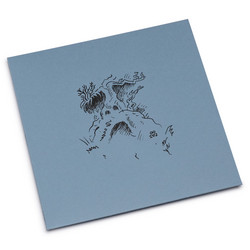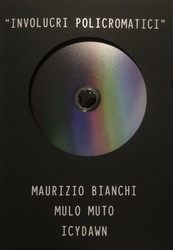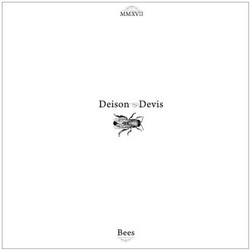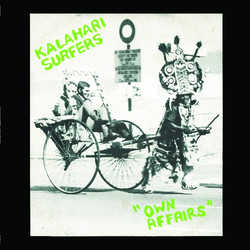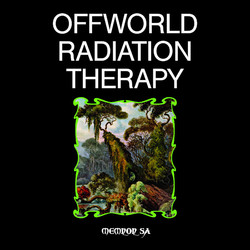Shadow World Archive is proud to present The McClintic Chorus, the second full-length LP from Kristen Gallerneaux. The follow-up to her critically acclaimed debut Strung Figures, The McClintic Chorus finds Gallerneaux in world-building mode, crafting a psychogeographic landscape of folkloric Appalachia through sound. Turning her inimitable, idiosyncratic ear to field recordings and sound sources recorded or re-recorded in and around Point Pleasant, West Virginia and the McClintic Wildlife Area's infamous TNT domes, Gallerneaux performs a sort of alchemy, teasing uncanny and unknowable deep-time histories from post-industrial rubble. Transforming the hyper-local and hyper-personal into something that can be universally felt - in your head, heart, and guts. Literally. 'Cause this gear bangs.
The McClintic Chorus is presented as a digital download and as a luxe 2xCD + zine. The second disc includes Where The Whistles Mingle, an album-length longform track only available with the physical release. But enough from us. Let's hear from Gallerneaux herself: The McClintic Chorus is a 68-minute composition and multimedia performance created from recordings gathered at the McClintic Wildlife Management Area in Point Pleasant, West Virginia. From 1942-1945, this site was known as the West Virginia Ordnance Works or “TNT Area,” in reference to its history as a WWII-era explosives manufacturing facility. Over 720,000 tons of TNT were produced daily on the grounds. A series of concrete “igloo” storage huts were erected and covered with earth to camouflage them from potential enemy aircraft. These structures are the only architectural clues that remain of this landscape’s former life.
In November 1966, the TNT Area received attention in local newspapers as the place where a mysterious 6-foot-tall, winged humanoid with red eyes known as “Mothman” was first spotted. A flood of reports connected to the TNT Area described Mothman’s penchant to silently glide alongside cars and interfere with telephone calls by emitting shrill blasts of tinny static, beeping, and electronic pulses. Today, many paranormal seekers visiting the site believe the cryptid was a “harbinger of doom” who was attracted to the Point Pleasant area to observe or warn of the fatal December 1967 collapse of the town’s Silver Bridge.
The McClintic Chorus is a biography of place—exploring the tenuous collisions between industrial landscapes, ecological redemption, and contemporary legends embedded in rural Appalachia. While producing this work, the complicated oscillations between the bucolic and the vaguely threatening were visibly and audibly palpable. Searching for the overgrown entrances to abandoned ordnance huts—the deafening sounds of bullfrogs, redwing blackbirds, and other wetland wildlife compete with the rattle of gunfire from the nearby range. Binaural, contact, and stereo microphones were used to capture the powerful echoes from inside and around the TNT domes. Recognizable recordings of these sounds permeate the work, blended with fragments of recordist stomps, gasps, coughs, and voices—which were transformed into several DAW-based drum kits and instruments.

